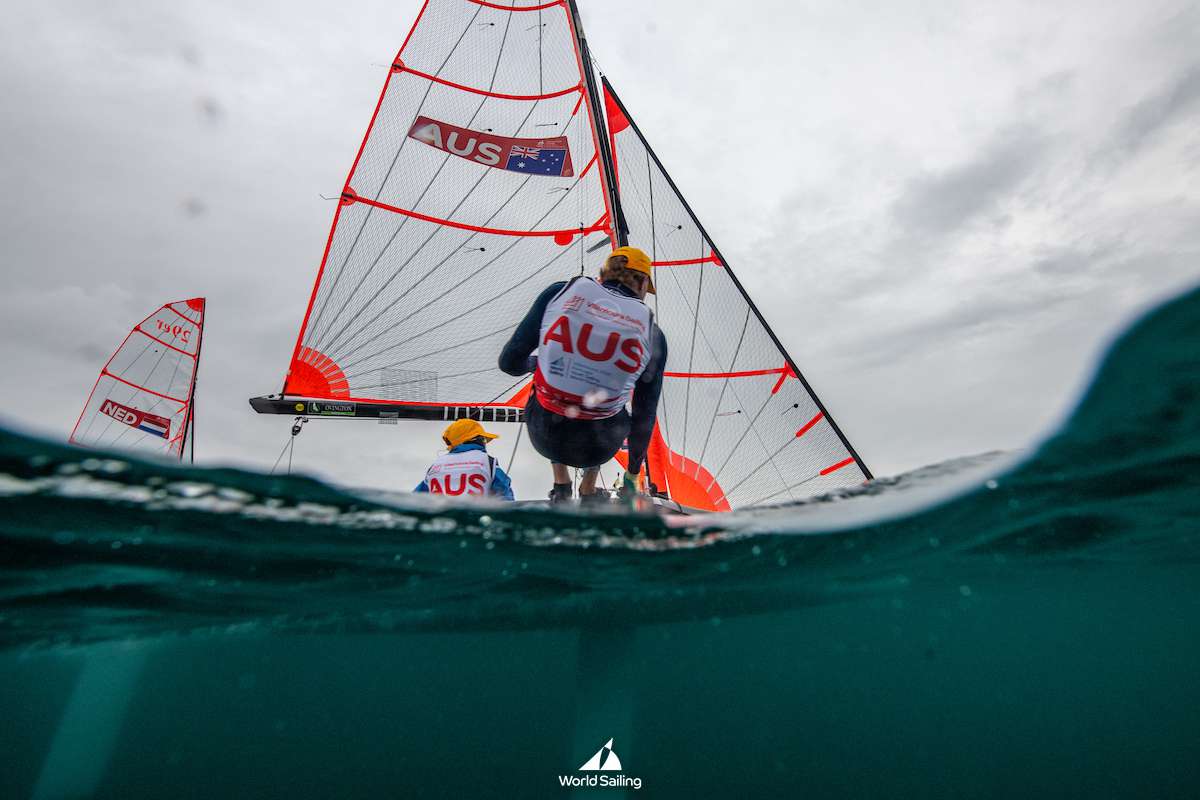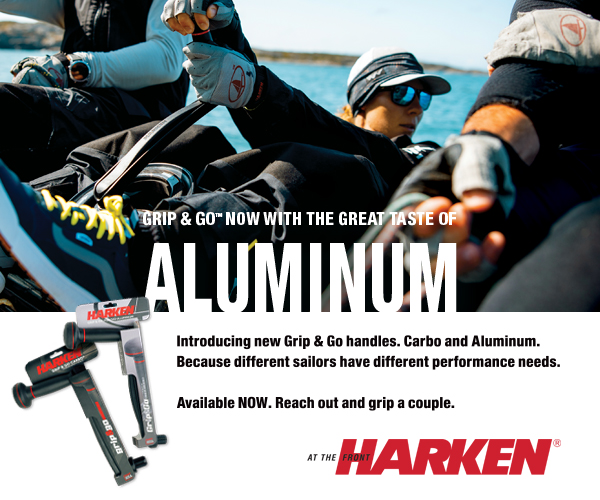For boaters, is there anything better than being on the open water with the wind in your hair and the warmth of the sun on your face? What about sharing your passion with your four-legged best friend?
Whether you’re enjoying marina time on the dock, a delightful day sail, or even long-term liveaboard cruising; many have wondered what the best ways are to to spend time on the water with their furry first mate(s). In this article, Dream Yacht Sales shares top tips on how to make your pet’s on board experience as comfortable and enjoyable as possible.
Luckily, most dogs thoroughly enjoy the water, and feel the same exhilaration as you do when slicing through the waves. Other pups go along for the ride if only for the opportunity to be out and about with their favorite faithful human. That’s one of the greatest things about having a dog – you never have to be alone!
Read on to learn top tips for sailing with pets; from keeping them safe and comfortable to ensuring they are as eager to jump on board as you are.
Fresh water and shade for Fido
This goes without saying, but it’s important to understand that dogs don’t cool themselves by perspiring, as we (humans) do. Your four-legged friend will need plenty of fresh water to stay cool and hydrated whilst onboard. You should bring along plenty of bottled water, and keep a dish readily available and easily accessible for them.
Don’t allow your dog to drink lake or sea water – not only does sea water cause dehydration from the salts, it can also be contaminated with pollutants or harmful organisms.
It’s also important to make sure your dog has access to a spot in the shade – the best places for this are below deck area, under an awning, or beneath a console or seat. Always make sure your dog can find relief from the heat and remember to never pour water on them to cool them down, as this can actually make them hotter.
Even if your pet is a long-haired breed, the sun’s rays can be damaging and cause painful burns – especially animals with light skin and white fur. Invest in a sunscreen that’s made for dogs and keep in mind that some sunscreens are toxic for animals; most notably those that contain zinc oxide or PABA. Ensure you apply it to their sensitive areas – nose and ears – and always remember to reapply if they go for a dip in the ocean.
Safety onboard
The open water poses risks even for boat dogs that swim very well – particularly if they fall overboard unnoticed. Providing them with a sturdy, light-weight, and well-fitting life jacket has many benefits; it will enhance their safety and also give you peace of mind that they will be safe if they do happen to go overboard. Investing in brightly colored vests will make it easier to see them in the water and locate them if the worst is to happen.
It’s also good to have a ‘dog overboard’ plan, because no matter how careful you are, there is still a chance that your dog might fall overboard. Make sure you also relay the plan to everyone who comes onto your boat so that they know what to do if this might occur.
As soon as you notice your dog is no longer on board, circle back to your dog and cut the motor when you get close enough – never jump in to get your dog. Animals, like humans, are likely to panic and drag you down with them when they are struggling to stay above water. Most dog life jackets have handles to pull dogs up, so instead, call your dog over to the boat and lift them out of the water.
New surroundings
Before you set off on your voyage, make sure your dog is familiar with their new surroundings and abode. Make time before the trip to give them a chance to get on the boat while you’re docked so they can get used to their new surroundings.
Keep an eye on them when you start the motor as they might bolt – this noise is likely to make them nervous the first time they hear it. After they’re used to the boat and seem happy with their new surroundings, it is then safe to take them along on your voyage.
Your little boating buddy will need some help to stop them from slipping and sliding their way around the deck. You should invest in a small piece of non-skid indoor/outdoor carpet to give your pet a comfy respite – preferably placed in the shade.
Doggie Potty Breaks
Of course, your mate will need to relieve himself somewhere – and you don’t want this to be on the deck of your boat, so plan ahead to keep everyone comfortable.
For shorter trips, make sure they have the opportunity to go before boarding, but bring along paper towels and waste bags for potential island bathroom breaks. For longer term cruising, puppy pads, a small piece of carpet, or a plastic cat litter box and some training is what will be needed.
Choosing your companion
For those who haven’t yet found your furry first mate, it is important to understand that some breeds are more inclined to be “sea dogs” by nature than others. Consider those that are fond of the water, good at swimming and unafraid of adventure. Medium-sized dogs with a gentle temperament can be a good choice.
A breed that might be tailor-made for your next sailing adventure might be a Labrador Retriever; a popular, sweet-tempered and fun-loving breed, and known to love the water. Standard Poodles and Portuguese Water Dogs were originally used as working animals for hunters and fishermen, and are bred to be good swimmers so are also a good choice when it comes to deciding on a furry companion – both have webbed feet and shed very little, too!
No matter which breed you pick to keep you company on board, as long as you follow these tips and advice, you will be sure to have a great time. Having said that, it is never advised to go sailing alone with your dog as it is very difficult to keep an eye on your furry best friend, as well as being in control of the boat. The more the merrier – and safer!
By Shannan Brennan at Dream Yacht Sales


























